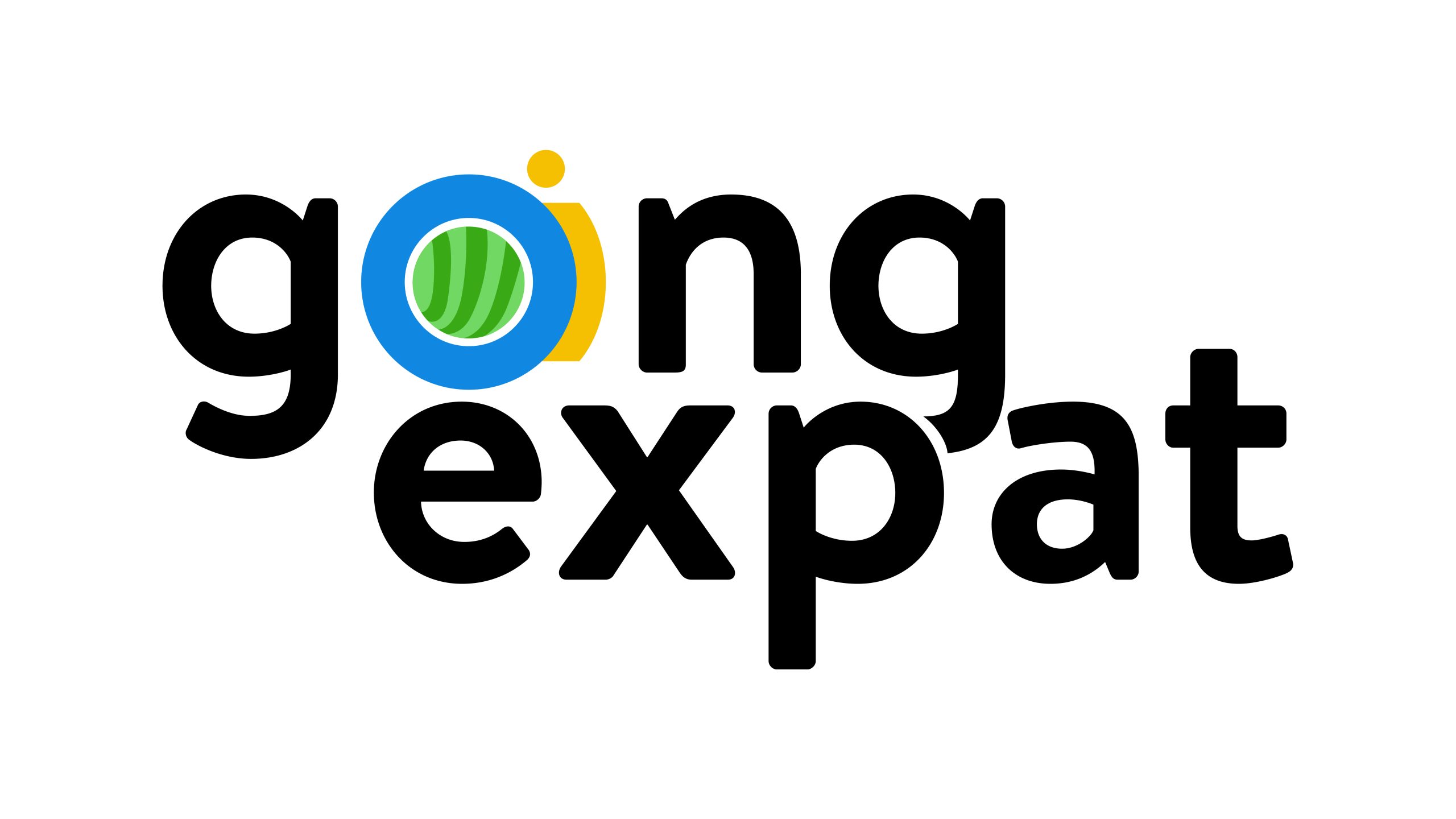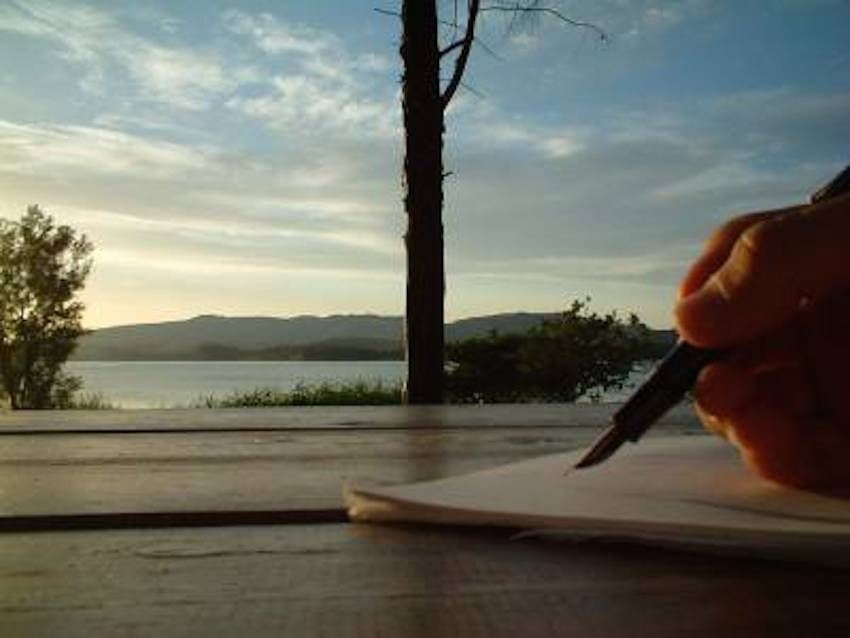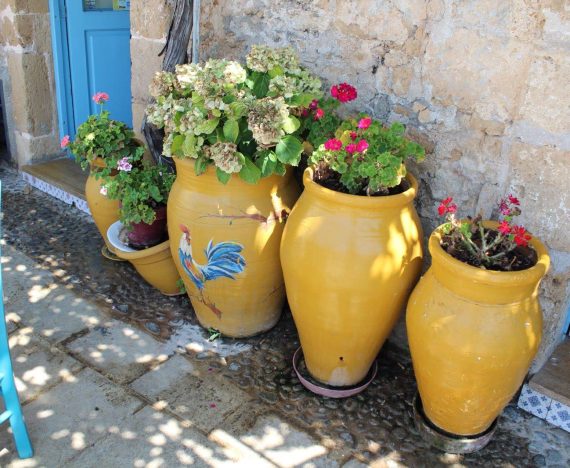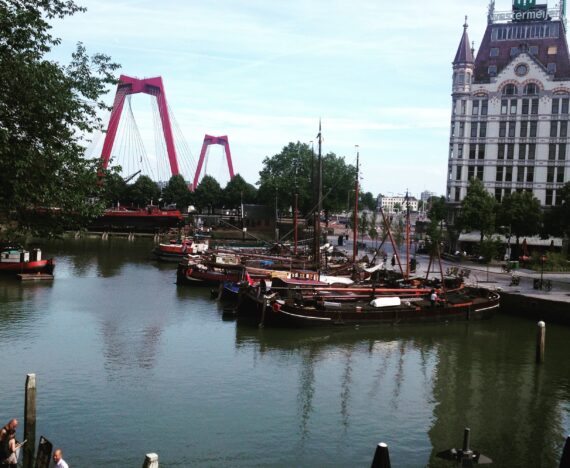Hi everyone,
here with an article more dedicated to the school system in the different countries. You can find the one related to Belgium and Germany, already on the blog. Very soon more will come.
The first approach with the Italian school system, can be when the baby is 3 months old, to the day care.
Technically it is called servizio educativo per l’infanzia (education service for childhood), managed by local institutions, both public or private. It is for kids from 3 months to 3 years old.
After the daycare, kids go to scuola per l´infanzia (preschool/kindergarden) which in Italian is mainly called asilo. Here there re kids fro (amolst) 4 years old for a period of 3 years.
When the kid turns or is about to turn 6, the real school starts. The next 8 years are divided in 2 kind of mandatory schools:
Scuola primaria or elementare: basic school, which last 5 years, it it the same for everyone and here the kids stast to learn a method to study and to work and recognise their abilities. During these years is very important the study of the Italian language and the English one. Since some years, the English language, has been introducted started from the 1st year of basic school, while before it was studied from the 3rd year on.
Scuola secondaria di primo grado o scuola media: secondary school, first grade. When kids end the 5 years of basic school they go the what in Italian we call ¨middle school¨ Besides English, in some school they add also a secnd foreign language. This level of educaion lasts 3 years, and at its end kids need to pass an exam to be able to go to the Secondary school second grad, which we call high school scuola superiore
Here it starts an higher level of instruction:
Scuola secondaria di secondo grado o scuola superiore: as said is a higher school level. What to study and in which school should be the choice of the students, supported by the family, the teachers of the previous grade. hey should be able to know what they like and be aware of their abilities too.
The scuola superiore is divided in lyceum and technical and professional instituts. They are, again, divided in other catagories.
So we have:
- Art lyceum,
- Linguistic lyceum,
- Classic lyceum,
- Scientific lyceum,,
- Music lyceum
- Human sciences lyceum.
In general the pofessional and technical institutions are oriented to:
- Economy
- Technology
All high schools last 5 years and at the end, the students must pass a test, called Esame di Stato. If they like they can then go to univeristy otherwise they can start to work.
The univeristy system is mad by national and non national institution, both accredited by the law.
In order to get a degree or bachelor, which is called laurea, students can follow a courses of 3 years. After that, if the like, they can enroll for other 2 years, to get the laurea magistrale, which we can ompare to a Master degree. Afterwards, the graduate may decide to continue his or her studies by taking the path of the PhD, enrolling in a specialization course or a Master.
Public schools are totally free.
The student must provide school supplies and books. Students are informed about textbooks at the beginning of the year, or just before. They will be available in stationery stores and bookstores in the city. They are usually quite expensive. It is in fact typical, especially for those who go to high school, the exchange of books between students of the various school years.
The student must provide school supplies and books. Students are informed about textbooks at the beginning of the year, or just before. They will be available in stationery stores and bookstores in the city. They are usually quite expensive. It is in fact typical, especially for those who go to high school, the exchange of books between students of the various school years.
Public universities have fees to pay.
Fees are of two types. Tuition fees, which change according to city and faculty. And the balance, which is a tax that is paid at the end of the academic year, on the basis of its economic situation that can be seen from the tax return..
If you have a bad economic condition, there are benefits or bonuses.
There are also courses of regional competence, called ¨leFp¨
These are vocational education and training courses, which, after the 3rd grade, introduce students to the world of work and last 3 or 4 years, clearly follow specific branches to work in specific trades, but they are not diplomas and you cannot access the university having only this degree.
The whole school system is public, although at every level there is a private counterpart.
School holidays are often a problem for parents, especially if there are no grandparents nearby. In fact, over the weeks around Christmas and a few days at Easter, schools close for almost the entire duration of the summer. From early June to mid-September.
There are, however, no facilities for families where both parents work, which are the majority.
It is an ancient method and organization that probably dates back to the years and the old culture according to which mothers were at home and fathers went to work.
On a cultural level I think the Italian school system gives a lot and is varied. I hope to see organizational improvements soon.
What do you think?
Want to tell me about another country’s school system? Write to me, I’ll be happy to discuss it with you.
Talk to you soon
Rossella






